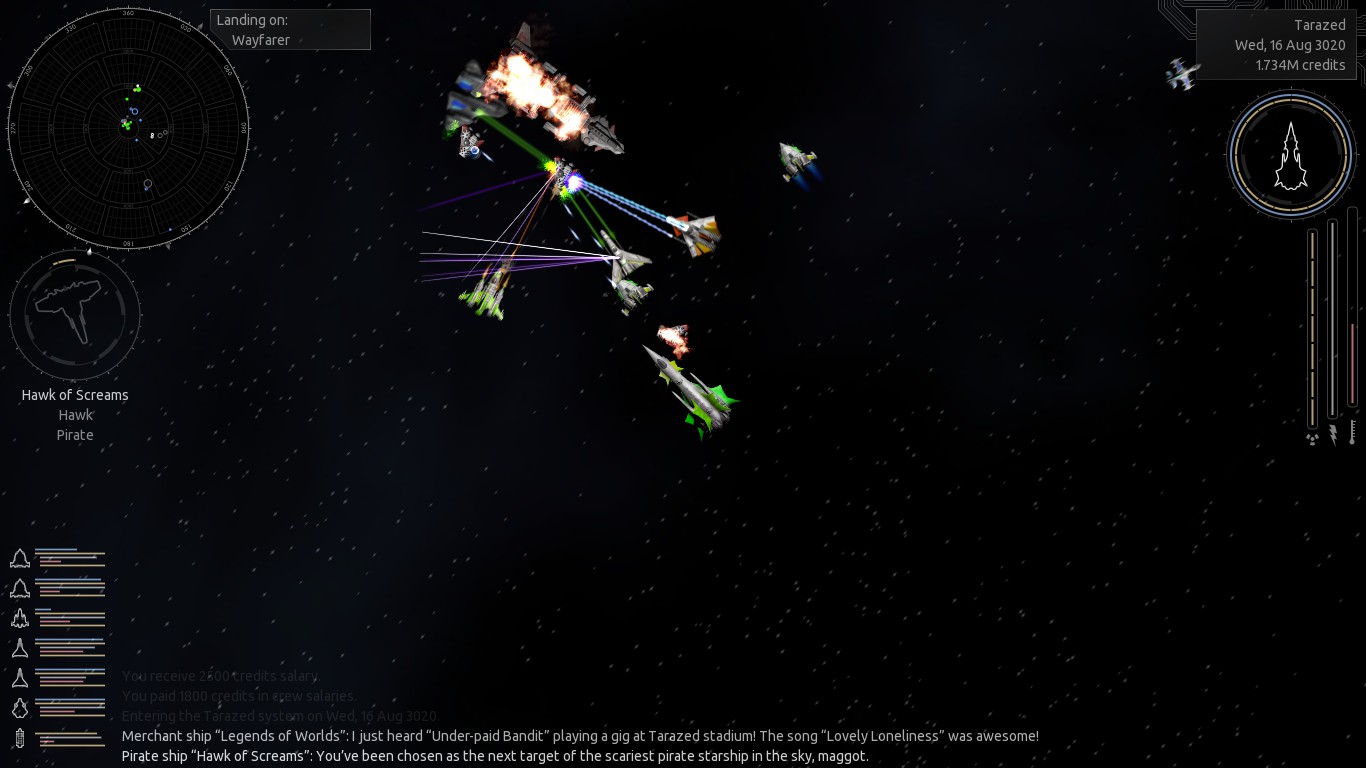
They are searching the landscape more broadly than previous excavators, reinterpreting decades’ worth of data, and opening their minds to the evidence before them.


A deeper truth lies buried, rich with a diversity of characters spanning time and place.įor the past few decades, archaeologists have been digging past the narrative told by European adventurers and chroniclers, those who killed some Yaghan, stole some, converted some to Christianity, and declared them all gone. And that’s what drives me here, an irritation that across the Americas, popular culture has focused relentlessly on that one point in time, and though significant, it’s like writing a badly abridged version of a multilayered story. Like the Palawa in Tasmania, the Sinixt in Canada, and the Karankawa in the United States, the Yaghan have the dubious distinction of coming back from the dead, their extinction declared by outsiders-Europeans and their descendants-for over a century.ĭespite thousands and thousands of years of history, the story of the Yaghan, and other Indigenous cultures, has often emphasized one moment: the disastrous meeting with Europeans. González Calderón was, until recently, not supposed to exist-because he is Yaghan.
#Endless sky deep archaeology full
González Calderón, 58, solidly built, with a full head of gray-dusted hair, teases us: “Feofeo is bored we are going too slowly.” Feofeo, Spanish for “uglyugly,” is cutecute and staring at us. Feofeo, his fluffy white dog, sits in the prow. I am on the starboard oar, photographer Kat Pyne is on the port, and González Calderón watches our flailing from his seat at the stern with an expression that flits between willed neutrality and bemusement.

Kelp gulls natter, waves lap against a rocky islet, and a coppery tang-a blend of marine snails and algae-wafts across the reef where I’m helping gather limpets, scraping them off rough stones along the Beagle Channel.īucket full, I head off in José German González Calderón’s rowboat, in search of his crab pots. The weather is mercurial-rain, hail, snow, and sun can beat the land within the span of an hour-but, on this summer’s day in February, it is sunny, warm, and windless. The Atlantic and Pacific oceans meet here, and the match is pitilessly stormy. The southernmost tip of South America is a jagged splay of islands, as if a careless god dropped a dinner plate. This is the end of the world: el fin del mundo, as the tourist brochures dub it Tierra del Fuego, as it is known more universally and home, as the Indigenous Yaghan people have called it for much of the past 8,000 years and probably longer.


 0 kommentar(er)
0 kommentar(er)
